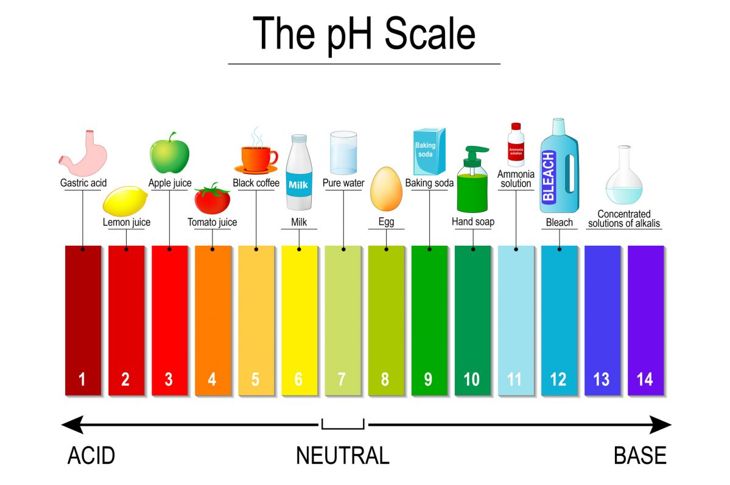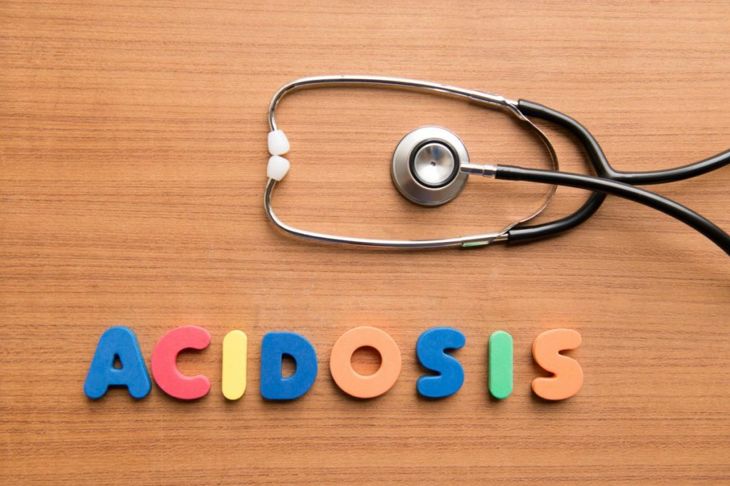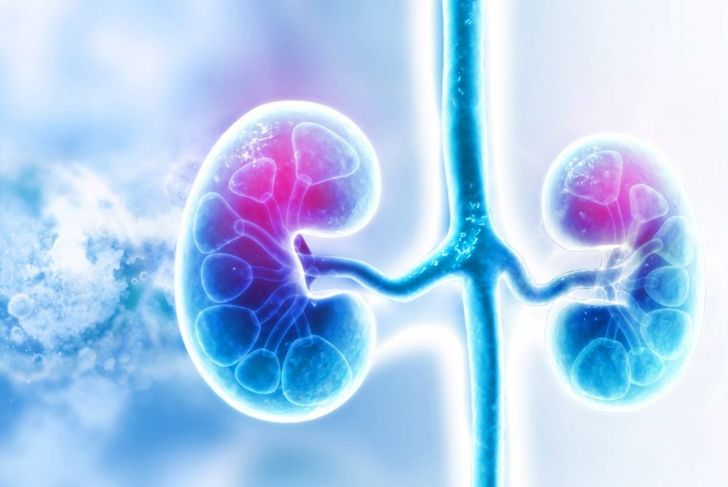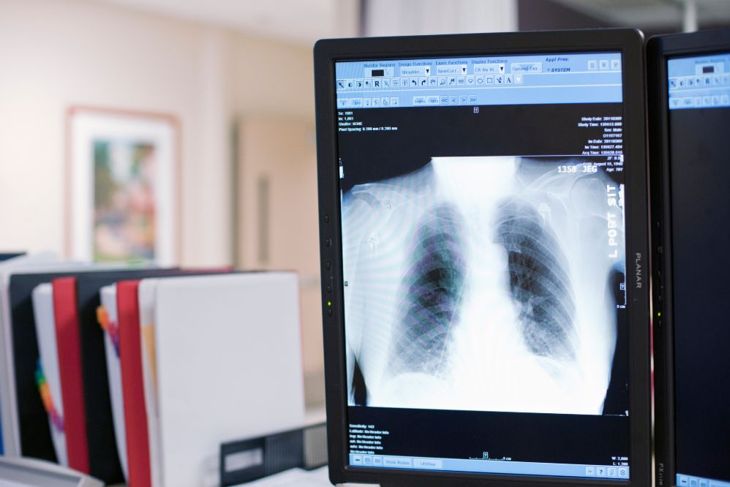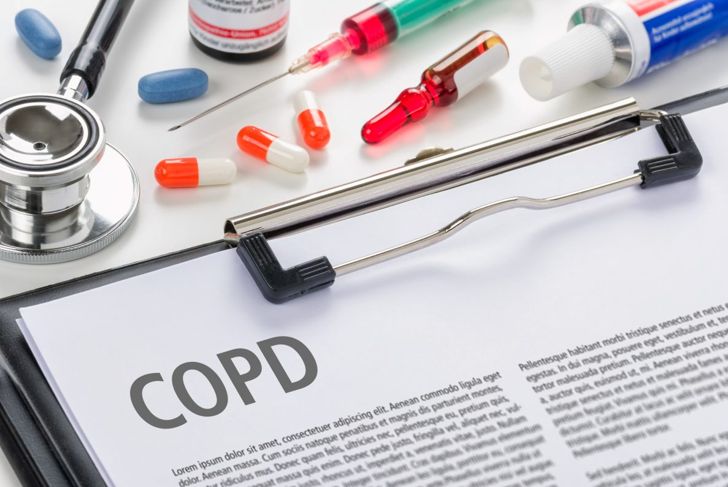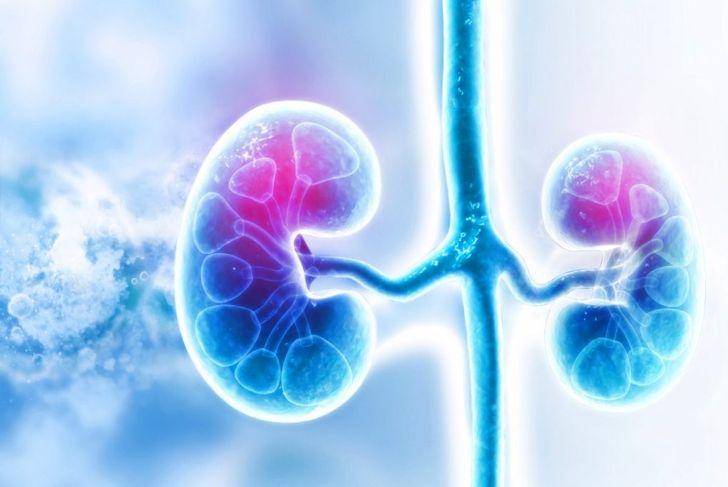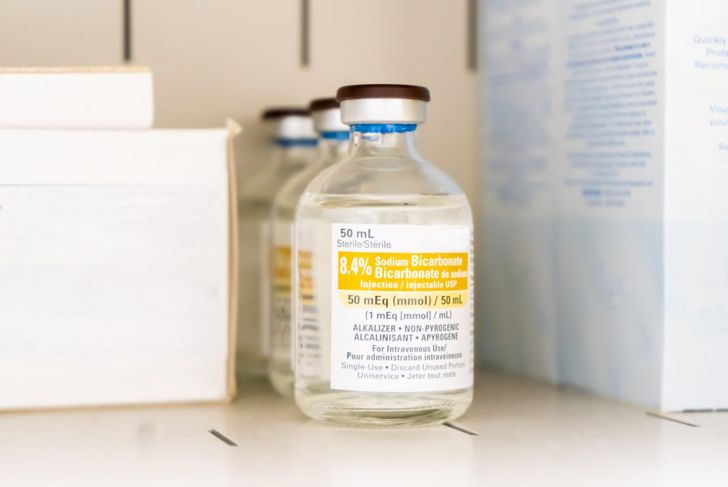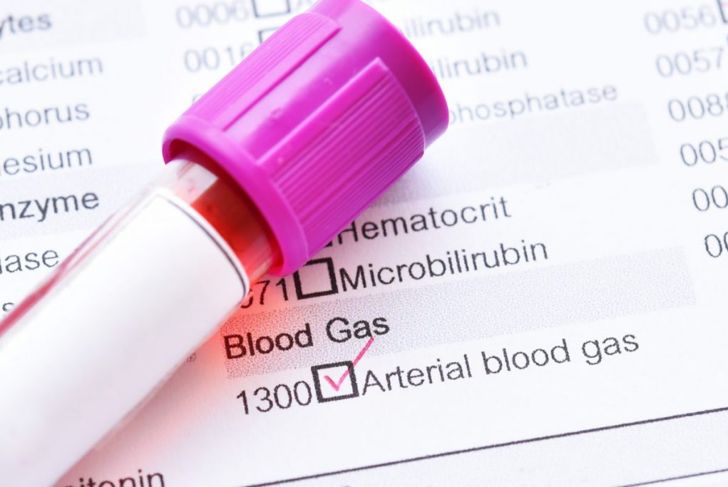Maintaining the body’s acid-base balance is essential for proper functioning. In most people, a healthy blood pH is between 7.35 and 7.45. Anything lower indicates an excessive amount of acid in the blood, or acidosis. Many things can cause acidosis and there are multiple types to consider. The body is very sensitive to pH level. Because of this, it will use several processes to attempt to correct pH imbalances when they arise. The lungs and kidneys are the main organs that help maintain a healthy pH balance.
Acid-Base Balance
The acid-base balance requires a consistent level of carbon dioxide (CO2) in the blood. The body maintains this through a variety of intricate chemical processes. Essentially, too much CO2 in the blood increases acidity, leading to acidosis. The lungs remove CO2 from the body during exhalation and, by varying the respiratory rate, control how much CO2 is excreted. Acidosis can also be corrected by the kidneys, which facilitate the production of bicarbonate. This natural chemical is a buffer, helping to maintain a stable blood pH.
Respiratory Acidosis
Respiratory acidosis occurs when the lungs cannot remove enough CO2 and can be chronic or acute. The chronic type develops over a long period, as the kidneys compensate for the increased amount of CO2 in the blood. Acute respiratory acidosis occurs when CO2 quickly accumulates, and the kidneys do not have enough time to react and correct the imbalance.
Metabolic Acidosis
Metabolic acidosis occurs when the kidneys are unable to produce enough bicarbonate to counter the level of pH in the blood or if there is a loss of bicarbonate for some other reason. This causes C02 to accumulate, dropping the pH. This process can result in a pH only slightly below normal but, in some cases, the level can drop dramatically. Usually, people with metabolic acidosis have normally functioning lungs.
Compensation
Because the body relies on the right acid-base balance, it has ways to return the blood to a normal pH, using the process of compensation. In metabolic acidosis, the lungs help out by lowering the amount of CO2 in the blood. The brain increases the rate of ventilation so that the lungs blow off more CO2, which raises the blood pH. To compensate for respiratory acidosis, the kidneys adjust the level of bicarbonate to counter the increased CO2 and raise the pH.
Causes of Respiratory Acidosis
Respiratory acidosis occurs when the lungs are not able to remove enough CO2 from the blood. Causes include COPD, asthma, and pulmonary fibrosis, as well as medications that suppress breathing, like narcotics and benzodiazepines. Anything that affects the lungs’ ability to expand can also cause respiratory acidosis, including scoliosis, obesity, and sleep apnea.
Symptoms and Treatment of Respiratory Acidosis
Symptoms of respiratory acidosis include anxiety, confusion, shortness of breath, sweating, lethargy, confusion, tremors, [rapid] and sleepiness. Treatment focuses on the underlying disease. Bronchodilators and steroids can help reverse airway obstruction and inflammation in people with asthma and COPD, while people with sleep apnea may require a CPAP or BiPAP. Doctors will also strongly encourage their patients to stop smoking. In some cases, individuals require supplemental oxygen, and severe instances may call for mechanical ventilation.
Causes of Metabolic Acidosis
Metabolic acidosis occurs when there is not enough bicarbonate to buffer the CO2 in the blood. The most common cause is excessive vomiting or other gastrointestinal loss. The condition can also be caused by kidney disease, severe dehydration, and poisoning, most commonly from ethylene glycol, which is in antifreeze or develops from an overdose of aspirin.
Symptoms and Treatment of Metabolic Acidosis
Symptoms of metabolic acidosis usually stem from the underlying condition. The person may be confused or experience nausea, vomiting, and lethargy, and could develop rapid breathing or take long, deep breaths at a normal rate as the lungs attempt to remove excess CO2. Long, deep breaths, known as Kussmaul breathing, is most common in severe and late-stage metabolic acidosis. In severe cases, metabolic acidosis can lead to arrhythmias, hypotension, shock, or death. Doctors may treat this issue using dialysis or, in severe cases, bicarbonate replacement via IV.
Other Types
Other varieties of metabolic acidosis have very specific causes. Ketoacidosis is a common complication of diabetes and can occur when the body produces ketone bodies due to uncontrolled diabetes. Lactic acidosis results from excess lactate production, which happens when the body breaks down carbohydrates when oxygen levels are low. This can be caused by a variety of factors, including cancer, excessive alcohol intake, liver failure, asthma, diabetes mellitus, strenuous exercise, and certain medications.
Testing
The definitive test for acidosis is an arterial blood gas. It involves blood being drawn directly from an artery, typically the radial artery in the wrist, the brachial artery in the arm, or the femoral artery in the groin. This test measures oxygen, CO2, bicarbonate, and pH levels in the blood and is helpful for understanding the severity of the acidosis and how well the body is compensating for it.

 Home
Home Health
Health Diet & Nutrition
Diet & Nutrition Living Well
Living Well More
More